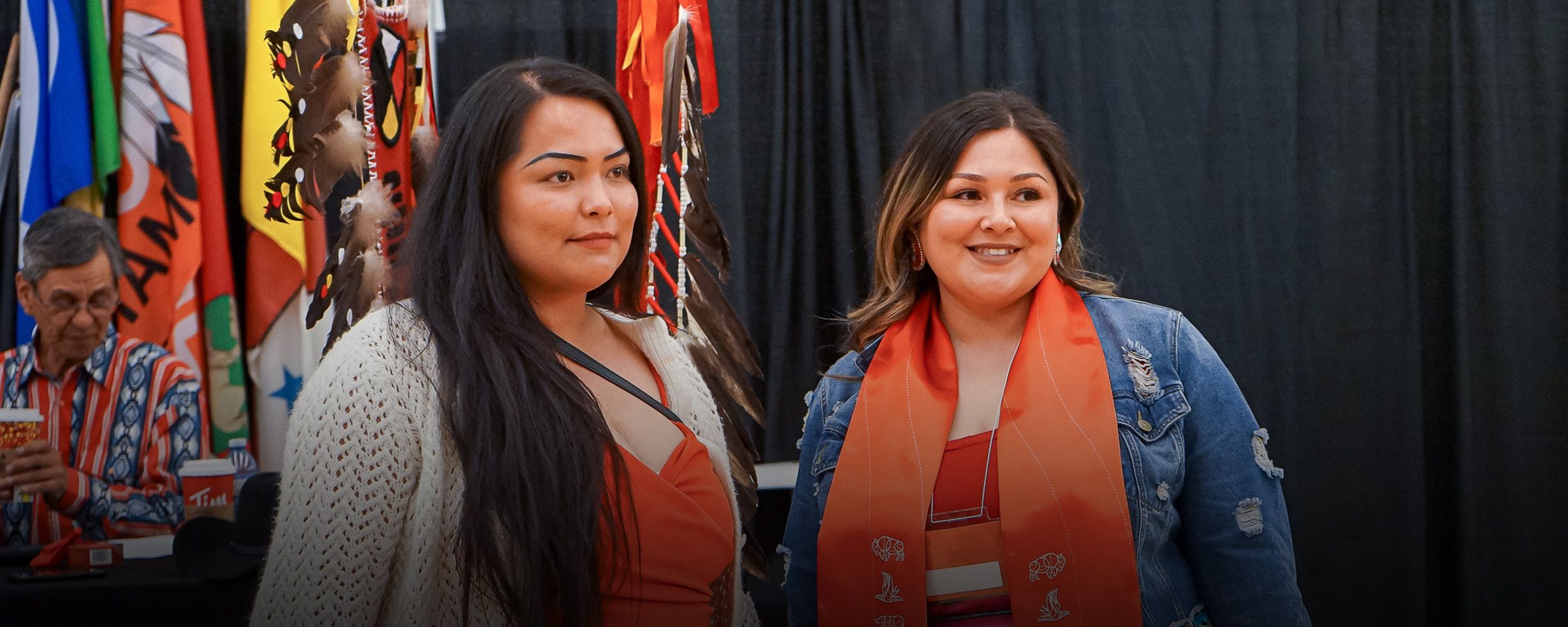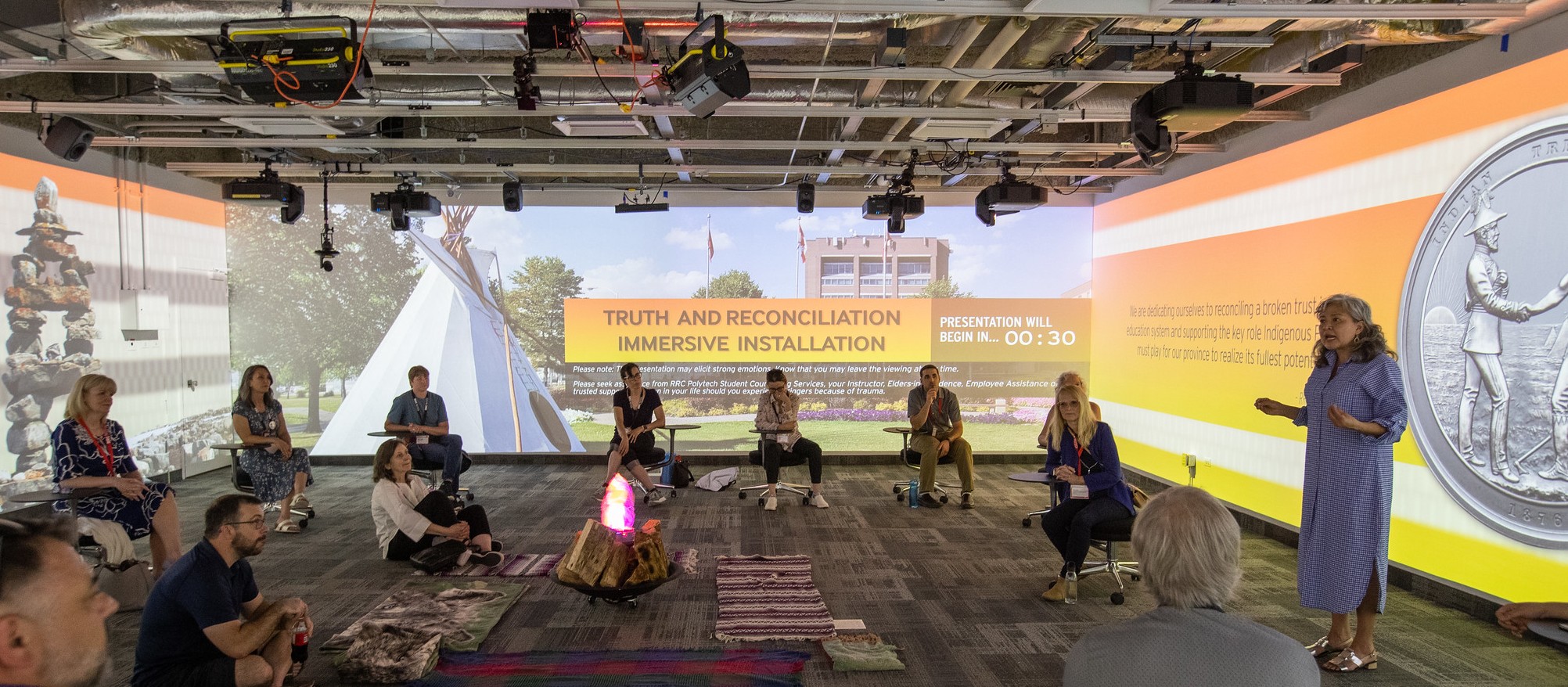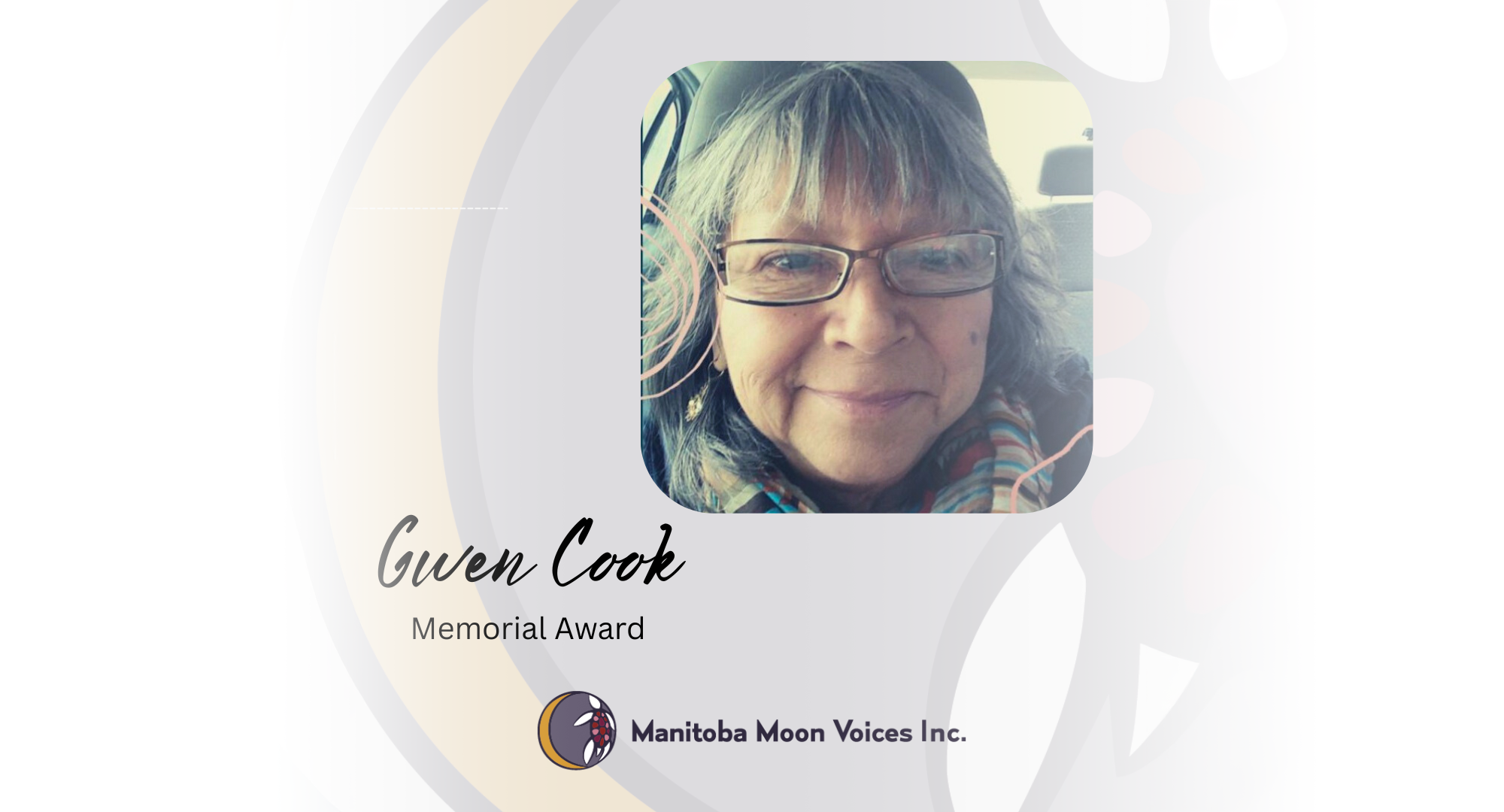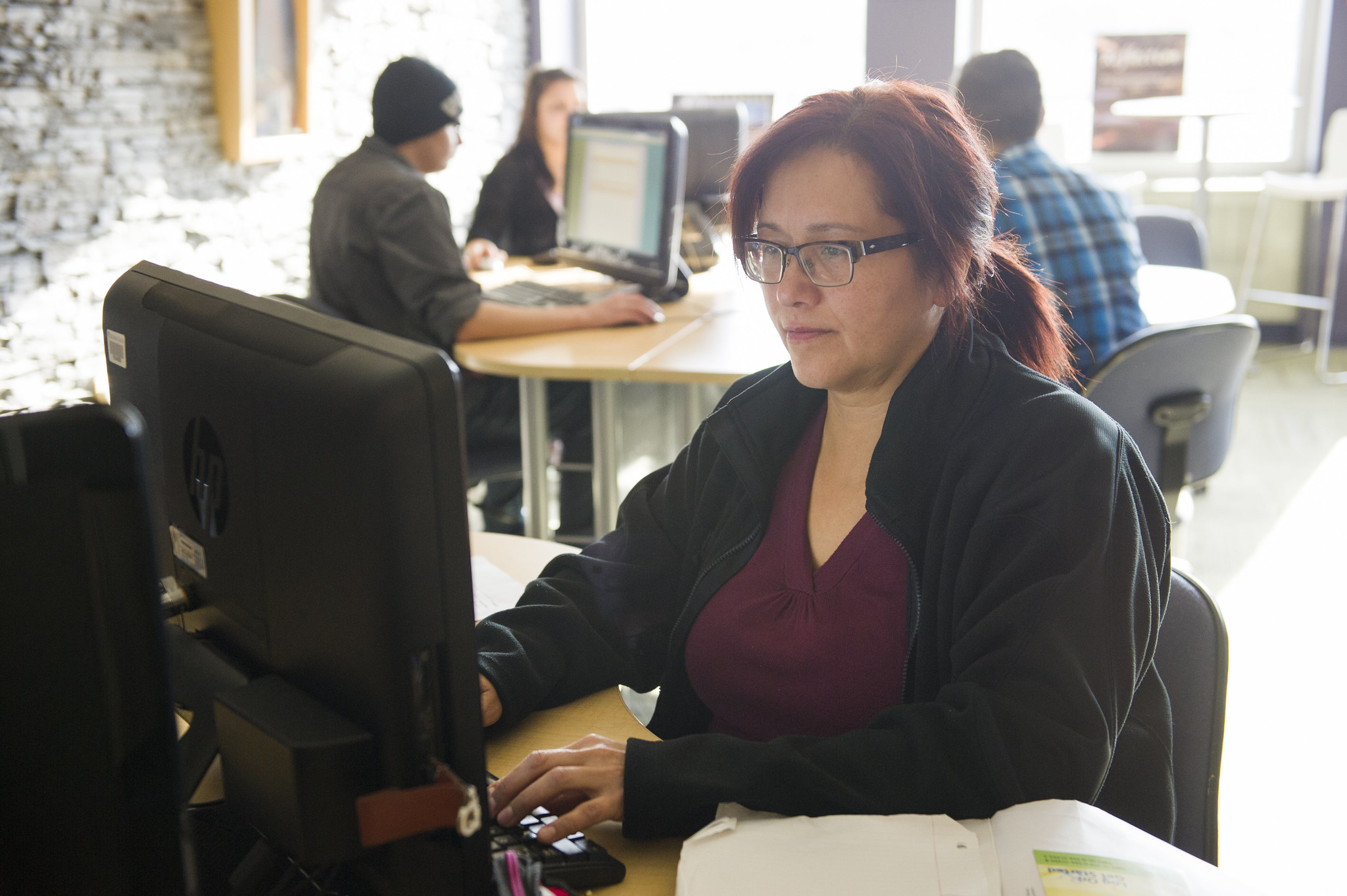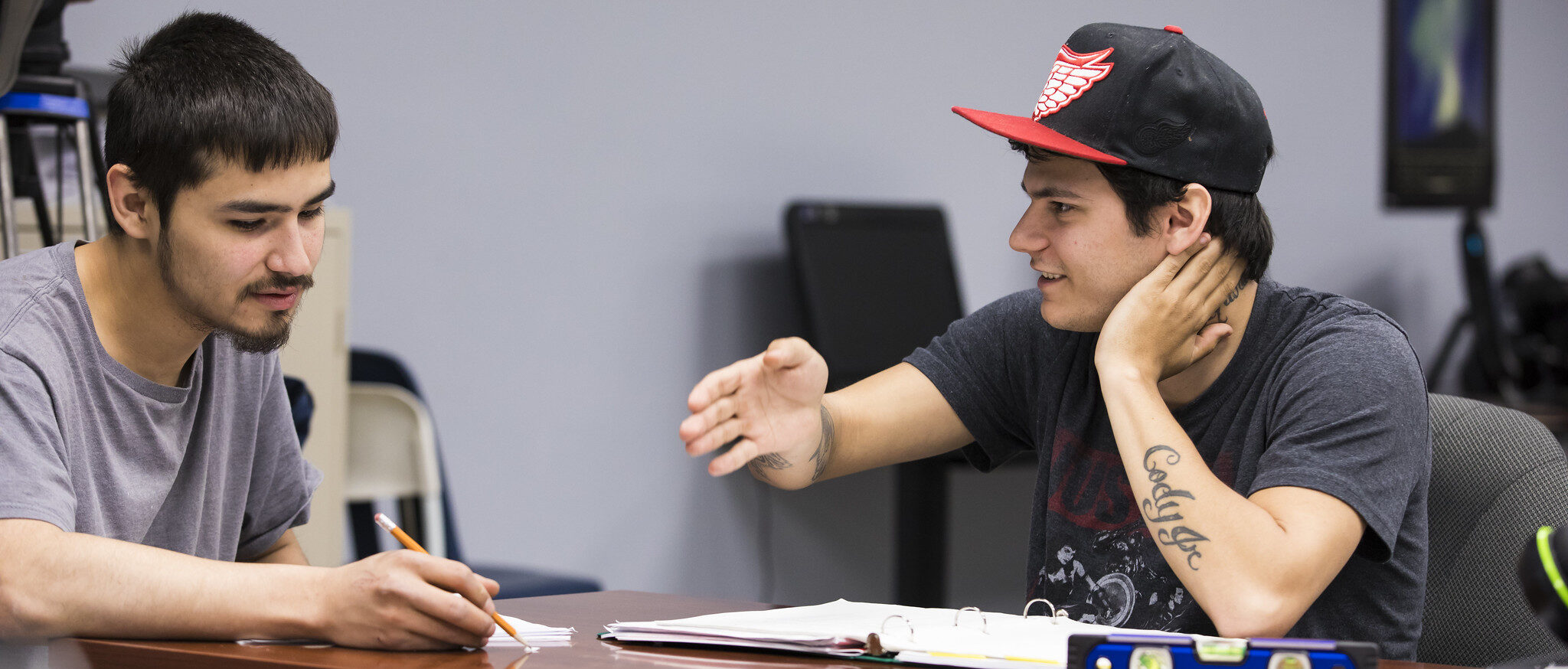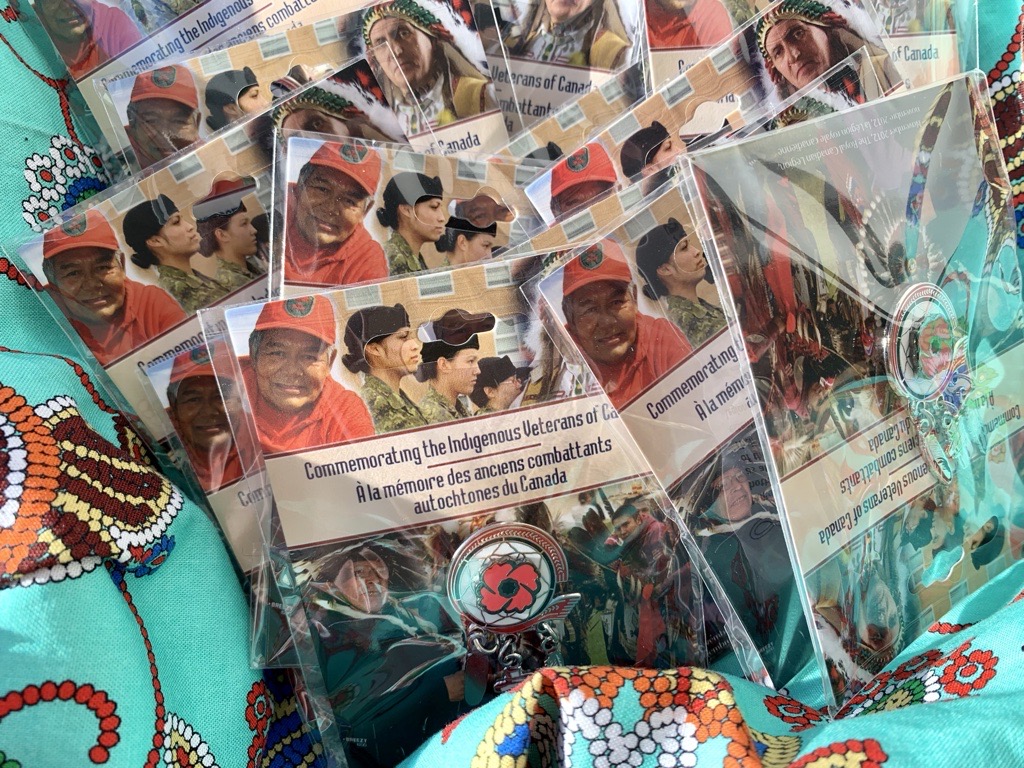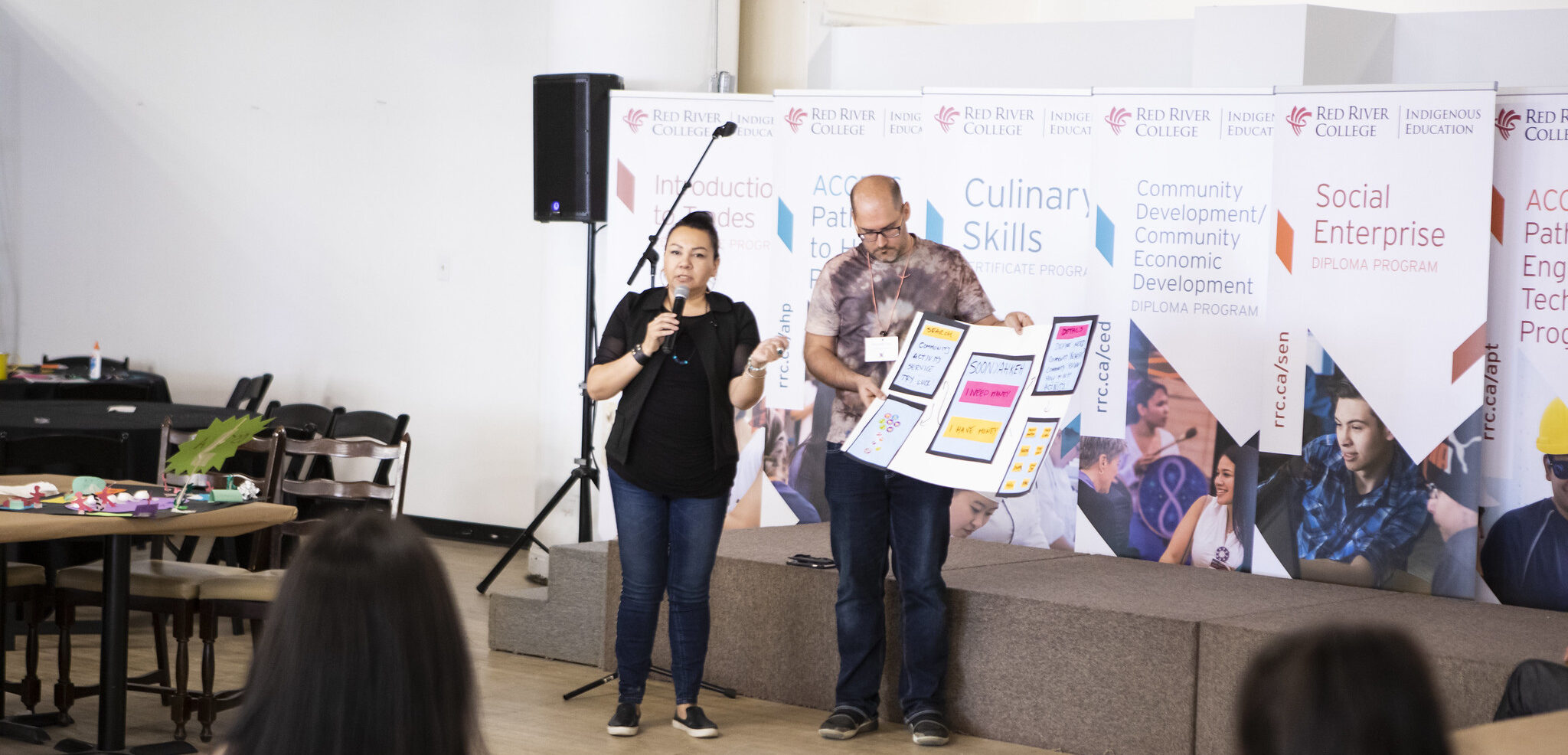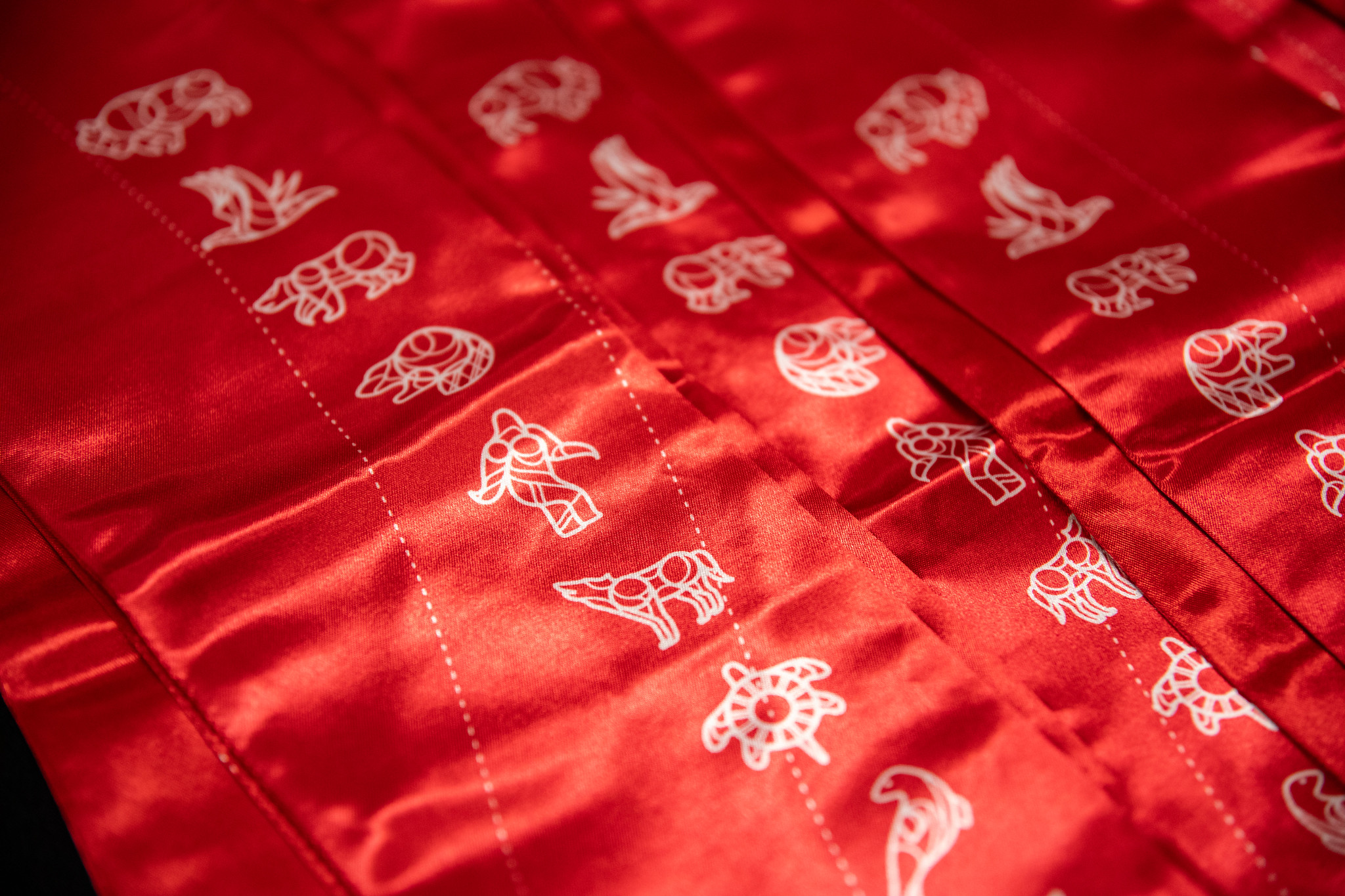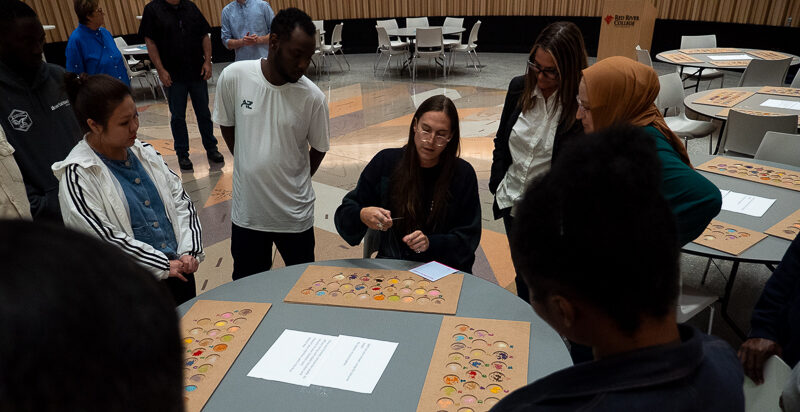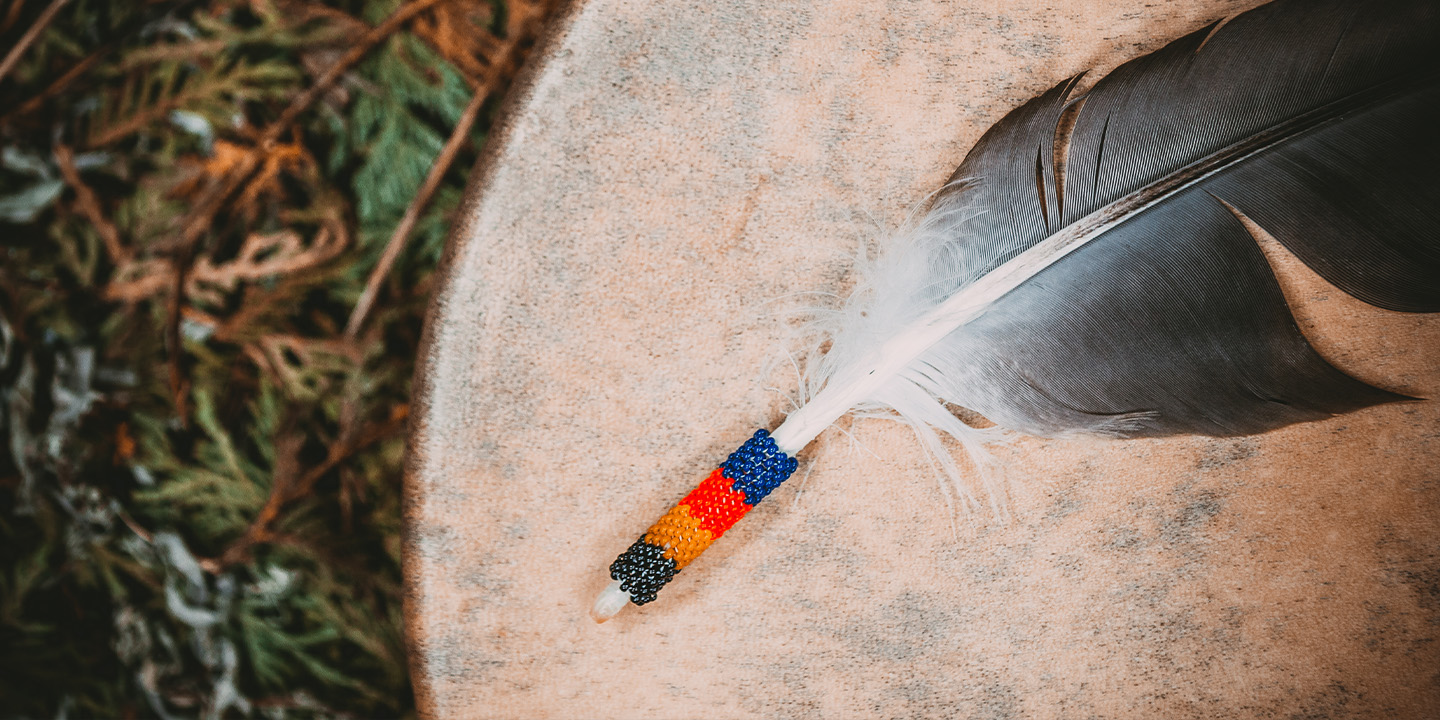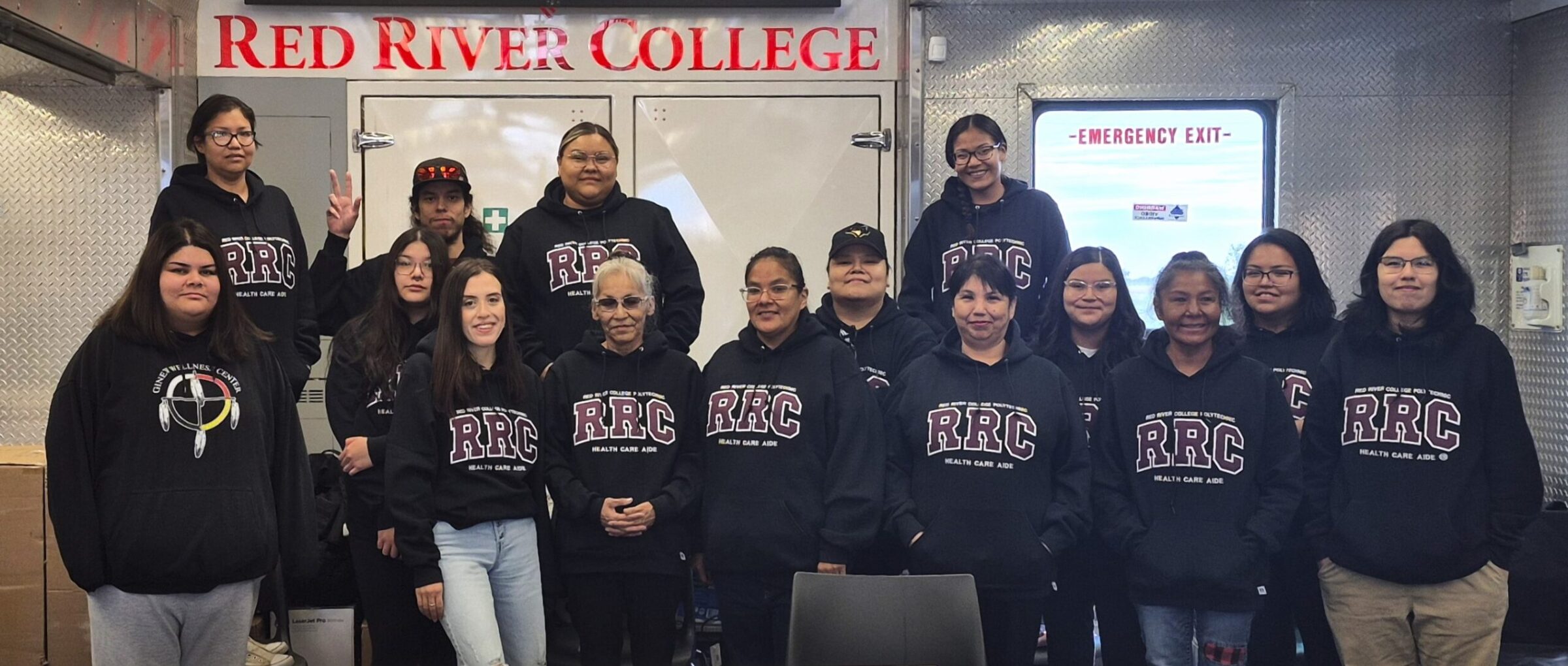Reflections on Racism: Story, Spirit, and Immersion at RRC Polytech
RRC Polytech’s Emerging Media and Production team is collaborating with Ininew artist and Artist-in-Residence Heather Endall and the Truth and Reconciliation and Community Development department to create Reflections on Racism, an immersive 360º installation that blends Indigenous storytelling, traditional art, animation, and sound. Centered on Michael Hutchinson’s How the Dog Learned to Dance, the project invites viewers to reflect on racism, empathy, and allyship while embodying Universal Design for Learning through accessible in-person, VR, and online formats. Through Endall’s powerful artwork and lived experience, the installation becomes a space for community voices, introspection, and meaningful dialogue on anti-racism at RRC Polytech.
